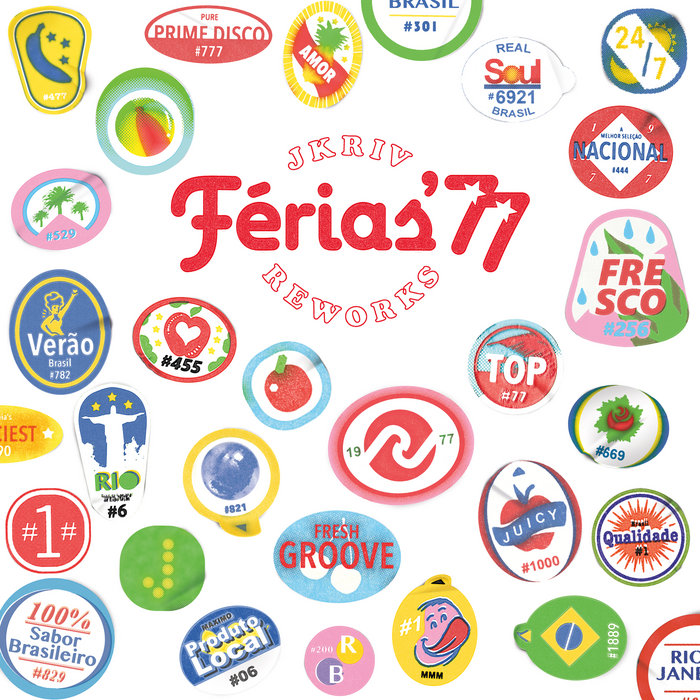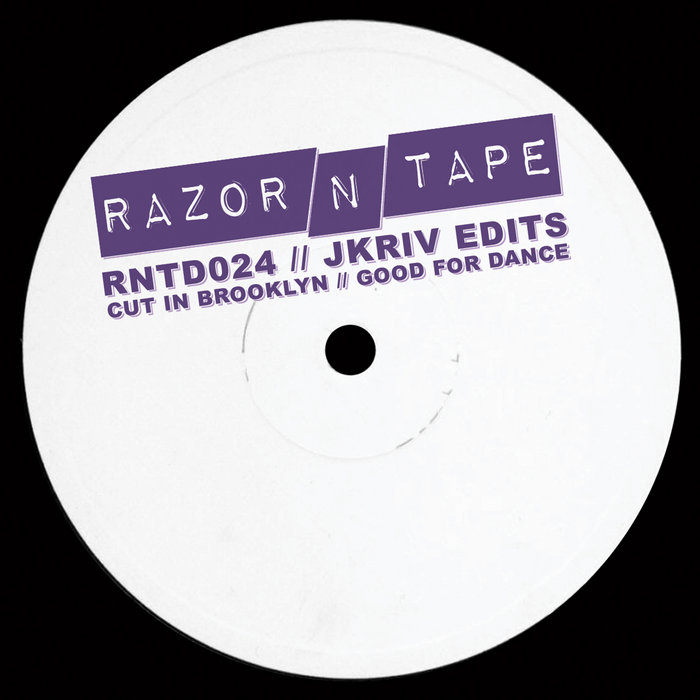
Nada De Sol (JKriv Rework) – JKriv
this blog is GROOVY – check out great Soul, Funk, Jazz, Hip Hop, Bass, Breaks , Reggae, House n many more TUNES
Ah, Brazil! A land where the sun shines bright and the rhythms dance in the streets. Brazilian music is a vibrant tapestry woven from diverse cultures, calls to the spirit of celebration, and an irresistible groove that makes you wanna move your feet. Let’s take a groovy ride through the history of this captivating music genre!
Brazilian music has deep roots that reach back centuries. When the Portuguese arrived in 1500, they brought their European sounds along for the ride. But it was really when enslaved Africans were brought to Brazil that things got exciting! They brought with them rich traditions of rhythm and movement – think drums and dances that would lay down a funky foundation for future genres.
By the early 20th century, samba began to evolve in Rio de Janeiro’s favelas (slums), becoming synonymous with Carnival celebrations. Blending African rhythms with European melodies created something magical—the sound we now recognize as samba.
Although it faced some criticism during its rise—particularly due to its association with marginalized communities—the infectious beat couldn’t be kept down! In no time at all, samba became mainstream thanks to artists like Heitor Villa-Lobos and later legends such as Cartola and Carmen Miranda, who introduced sambas on international stages.
Fast forward to the late ’50s, when bossa nova emerged as cool jazz met laid-back Brazilian vibes. Artists like João Gilberto took samba’s rhythmic patterns but added smoothness—think gentle guitar strumming accompanied by soft vocals.
The song “Garota de Ipanema” became an anthem for beachgoers everywhere—and who doesn’t love some sweet tunes while catching rays? Bossa nova spread worldwide faster than beach sand between your toes!
In response to politics in Brazil during the late ’60s under military dictatorship came Tropicália, an artistic movement merging rock with traditional Brazilian sounds—a rebellion wrapped up in colorful outfits! Like delicious brigadeiros (chocolate truffles), these artists stirred together everything from folk songs to pop rock.
Leading this charge were stars such as Caetano Veloso, Gilberto Gil,*and*Gal Costa. Their songs challenged authority yet celebrated diversity—the perfect combo for social change while looking fabulous!
As we danced into the ‘80s and ‘90s new vibes popped up like confetti at carnival parades—axé music made its grand entry from Bahia bringing joy wherever it went! Originating from Afro-Brazilian influences mixed with rockiness found nowhere else; singers like Chiclete com Banana rocked parties hard throughout summer festivals.
Meanwhile, up north folks kicked their heels doing “forró,” semi-improvised beats characterized by accordion-playing frenzy alongside guitars defining lively festivals featuring couples twirling beneath glittering lights till dawn breaks over sandy shores.
Now leap ahead into today’s scene—we’ve seen everything evolve even further! From sertanejo dominating country charts plus funk carioca spilling urban grooves across cities mixing rap flares—it showcases versatility within all generations keeping tradition alive while pushing forward creatively .
With platforms like YouTube connecting musicians directly worldwide giving emerging talent freedom without gatekeepers breathing down neck—it feels electric watching how global influences shape newer sounds ready waiting out there ripe-for-exploring levels far beyond past expectations .
So gear up friends cause this wild ride ain’t stopping anytime soon ! Get your lado brasileiro groove on whether hitting bars listening live bands belting out classics or grooving alone kitchen—but trust us do keep those bossa slippers handy ;).
Brazilian music isn’t just about notes or lyrics; it’s essence embodies pride resilience creativity—all seasoned generously laughter loving moments reminding us life should be celebrated daily through song . So next time you’re jamming away remember there’s more than meets ear along every beat encountered mysteriously blending generations stories unfolding right here—from bossa nova’s calm breezes tropicalia’s fierce smiles every note craves telling tales illuminating hearts world knows little bit brighter each step taken toward rhythm joining harmony connections uniting us forevermore !
Happy listening y’all 🎶

Nada De Sol (JKriv Rework) – JKriv

Bukom Mashie (JKriv's King Mashie Edit) – Oscar Sulley & The Uhuru Dance Band